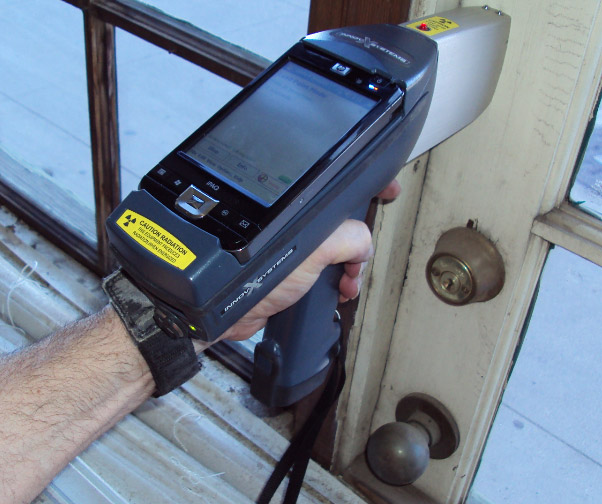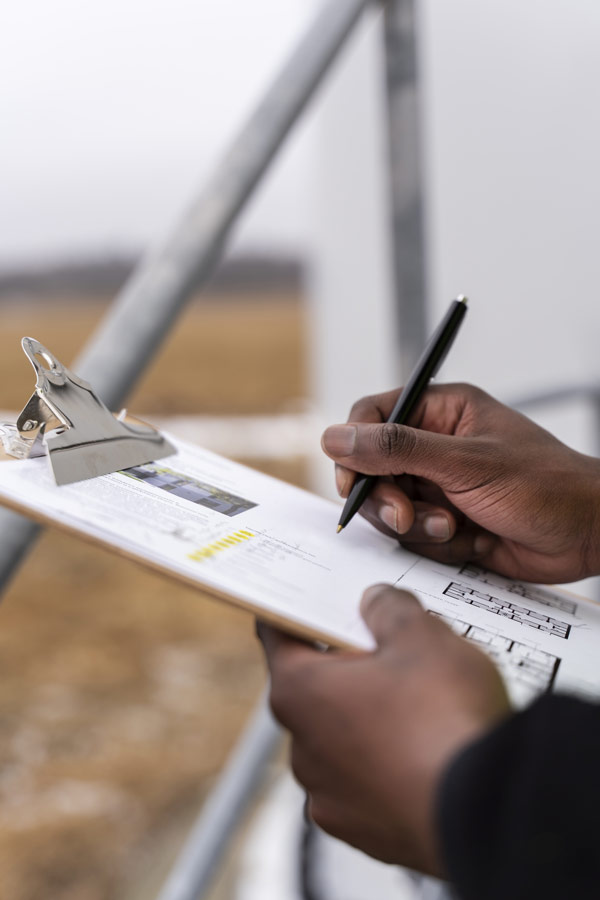Comprehensive Lead Paint Removal Service in NYC-- Accredited and Qualified
Comprehensive Lead Paint Removal Service in NYC-- Accredited and Qualified
Blog Article
Finest Practices for Ensuring Safe and Extensive Lead Offense Abatement
Attending to lead violation abatement calls for a multi-faceted strategy to guarantee both safety and security and compliance. Preliminary analyses making use of advanced discovery approaches such as XRF analyzers set the stage for an exact understanding of contamination degrees. Incorporating proper containment strategies, including closed obstacles and HEPA purification, coupled with making use of personal safety tools (PPE) for employees, creates the backbone of a protected operation. Careful cleaning methods, including HEPA vacuuming and wet-wiping, are essential. Yet, it's the final clearance process, including complete examinations and laboratory testing, that truly confirms a lead-free environment, guaranteeing long-lasting security. How do these practices interconnect to assure thorough lead reduction?

Initial Analysis
Carrying out an initial analysis is a vital first action in lead infraction reduction. This phase incorporates an in-depth assessment of the property to determine the presence, degree, and specific places of lead-based hazards. Certified professionals, such as licensed lead inspectors or run the risk of assessors, should do a comprehensive site examination, using tools like X-ray fluorescence (XRF) analyzers to precisely spot and gauge lead concentrations in paint, dirt, dirt, and water.
The assessment needs to also include a testimonial of the building's history, previous records, and any kind of grievances or health and wellness issues reported by residents - Lead Removal Contractors. Recording the searchings for carefully is necessary, as these documents form the basis for establishing a reliable reduction strategy. A complete analysis also involves sampling and lab evaluation, which are critical to confirm the existence of lead and guide succeeding activities
In addition, it is important to interact the results transparently to all stakeholders, consisting of building owners, tenants, and regulatory authorities. By guaranteeing that the preliminary evaluation is carried out with precision and rigor, experts can lay a solid foundation for a targeted and efficient lead abatement process, ultimately safeguarding public health and ensuring compliance with regulatory criteria.
Correct Control
Correct control is important to stop the spread of lead pollutants during abatement tasks. Properly taking care of control lessens the danger of lead dust and particles moving to non-work areas, thereby safeguarding both the setting and people outside the instant work area. To accomplish proper containment, an impermeable obstacle of plastic sheeting must be developed around the workplace, making certain all joints and edges are firmly secured. Lead Removal Contractors. This barrier needs to prolong from floor to ceiling and be taped to stop any leakages.

Normal evaluations of the control area are needed to check for violations or weaknesses in the barrier. Any kind of identified concerns should be immediately addressed to preserve the honesty of the containment. By sticking to these techniques, abatement jobs can effectively manage lead contamination and minimize involved wellness threats.
Worker Security
Making certain employee defense is extremely important during lead abatement tasks to stop job-related exposure to harmful lead fragments. Necessary procedures consist of the use of individual protective tools (PPE) such as respirators, gloves, and full-body matches especially designed to block lead dirt and fumes. Workers must undertake comprehensive training on her latest blog the appropriate usage and upkeep of PPE, consisting of healthy screening for respirators to make certain maximum efficacy.
Engineering controls, such as local exhaust ventilation systems, are important in decreasing air-borne lead focus in the workplace. Management controls need to additionally be implemented, consisting of restricting the period of direct exposure and revolving employees to minimize specific direct exposure times. Routine medical monitoring and biological monitoring are essential for early detection of lead absorption, enabling timely treatment and therapy.
Moreover, developing a decontamination protocol is vital. Employees have to adhere to rigid decontamination procedures prior to breaks and at the end of their change to prevent lead dirt from being brought outside the workplace. This consists of complete hand and face washing with lead-specific cleaning representatives and transforming out of polluted clothes.
Meticulous Cleaning
Preserving a safe workplace extends past employee protection and incorporates careful cleanup to ensure lead fragments are completely gotten rid of from the website. The process of thorough clean-up is crucial in protecting against the recontamination of the mellowed out area and guarding both present and future owners.
To accomplish a comprehensive cleaning, all work locations must be methodically decontaminated. This includes using specialized HEPA (High-Efficiency Particulate Air) hoover and wet-wiping methods to record and remove great lead dirt that may have chosen surfaces. It is critical to clean up all straight surfaces, including floorings, window sills, and counter tops, along with vertical surfaces that might have entraped lead particles.
Employees have to wear proper individual protective devices (PPE) throughout cleaning to avoid exposure to recurring lead dirt. Used cleaning materials such as wipes, sponges, and wipe heads need to be gotten rid of based on contaminated materials disposal policies.

Final Clearance
Last clearance is the critical wrapping up stage of lead reduction that determines whether the site is risk-free for reoccupation. This important action involves comprehensive assessment and screening to validate that visit here all lead threats have actually been effectively gotten rid of. The process begins with a visual assessment by a qualified lead-based paint assessor or threat assessor to ensure no visible dust or debris remains. This is followed by gathering dust clean examples from various surfaces, consisting of floorings, windowsills, and other horizontal surface areas. Lead Removal Contractors.

Final clearance screening not only protects future owners however also ensures conformity with local, state, and government guidelines. Furthermore, it serves as a recorded validation of the reduction professional's adherence to industry finest practices. Ensuring a detailed and successful last clearance is vital in guarding public health and wellness and fostering rely on the reduction process.
Verdict
Guaranteeing secure and extensive lead offense abatement requires a complex method incorporating initial evaluations with innovative detection techniques, reliable containment methods, stringent worker security methods, and precise clean-up treatments. The final clearance phase, featuring thorough inspections and lab screening, is critical to confirm compliance with EPA criteria. Adherence to these ideal practices guarantees a risk-free setting for owners, mitigates health and wellness dangers, and maintains governing needs, thereby promoting public health and wellness and security in lead-affected locations.
Report this page